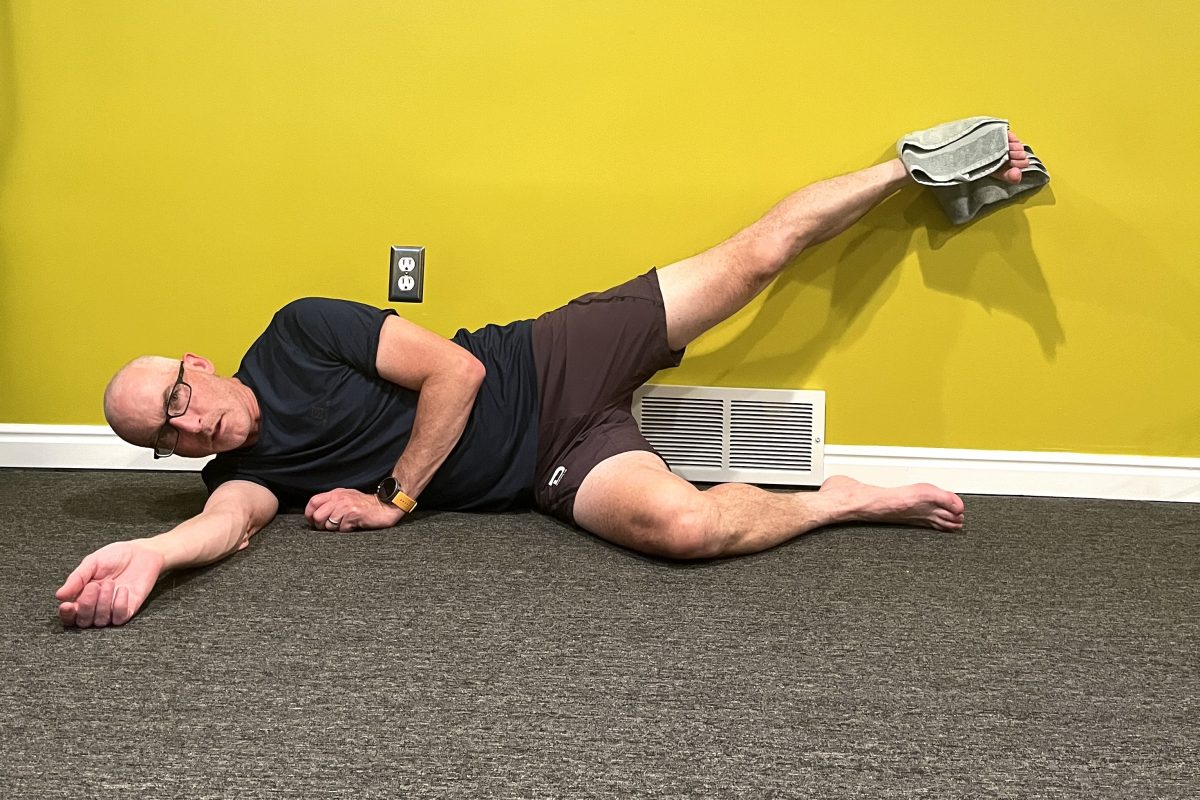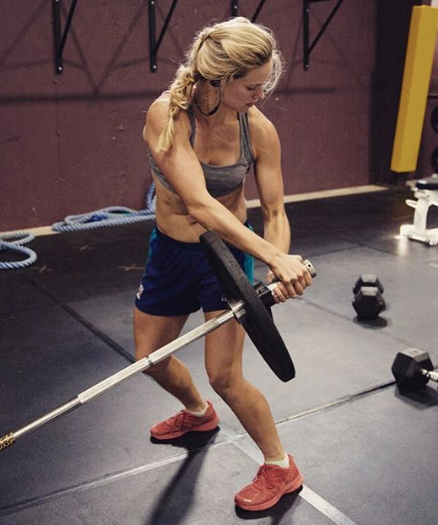In Andy Newell’s video update from the USST Bend camp, there was one thing stuck out as he recapped everything that they had been doing. The one thing that was more prevalent than anything else in the video was technique. In every clip a skier was doing a different work out, but Andy always mentioned their technique and what they were working on whether it was weight transfer, leg drive or any of the million other technical critiques that every skier deals with in order to become a better skier.

Even though the USST was on snow for these workouts, it is just as important for all skiers to work on technique while their roller skiing as well since, “rollerskiing is the only other option”, said University of Utah head coach Eli Brown.
Technique is something that should be worked on as often as possible according to Brown.
It’s very crucial that technique be worked on, as everyone knows that an efficient skier always makes a fasterskier.
Each skier tends to have their own style or brand of technique that is unique to them. This makes it hard to pin down what is the perfect technique, as different skiers seem to make different things work for their own performance.
“If you look at the World Cup skiers a lot of them don’t have the best technique” said USST coach Justin Wadsworth. “But, they all are doing the basic fundamentals of good technique very well.”
These basic functions of technique are key to a skier’s fluidity and efficiency while skiing. Two of the more important basic functions that Wadsworth mentioned are the ability to ride a flat ski and having the correct arm angles. The angles of the arms should be between 60 and 90 degrees at the elbows to transmit the most efficient amount of power onto your poles, according to Wadsworth.
These basic functions are even more important for younger skiers to work on so that their muscles can adapt so the movements become second nature which will help later on in their ski careers so they can focus on other aspects of skiing to become faster.
“We have developmental sensitivity windows that allow us to accelerate this learning curve of such fundamental skills during our growing years,” said CXC coach Bryan Fish. “Sometimes we need to take calculated risks to teach kids to jump, play, on skis to get agile and comfortable and develop dynamic balance and relaxation at speed.”
Not only are the basic functions of technique crucial to being a fast smooth skier, but knowing how to use these functions while utilizing the right muscle groups is just as crucial. One of the most critical areas that a skier should focus on getting power from is their upper body.
According to Wadsworth, almost 70% of the power that goes into skiing is generated from the upper body. This means that the majority of the power being transmitted into your poles should be coming from your core muscles, not just your arms. The reason this is important, is that your core muscles are designed to be activated over and over again without fatiguing very easily, while your arm muscles are not. This goes back to the article on distance and how it’s important to train the muscles that you will be using during competition.


A good way to evaluate technique during and after roller ski session’s, is through direct feedback and video. Direct feedback can be seen being used in some of the USST photo updates, where an athlete is roller skiing with a coach next to them on a bike or in a car reminding them of their technique and things that they should be focusing on. Video is also helpful in the sense that a skier can go back after a workout and look at their technique on their own or with a coach to evaluate how they are skiing and what they still need to work on. Both of these methods are very useful in their own individual way, but can be even more powerful when the two methods are put together.
As usual there are always a few skiers that deviate far from the traditional mold of smooth flowing technique and get by solely on having a great engine.
This is very unfortunate as most of these skiers would become even fasterskiers if they were to focus more on their technique in order become more efficient. This is so important for every skier, as USST member Liz Stephen puts it, “fitness and natural ability alone will only get you to a certain level.”




2 comments
therock
August 13, 2009 at 8:47 am
In response to the about rollerskiing being the only option regarding working on technique: Concept2 is producing and selling a training tool called the SkiErg. Several Nordic clubs and ski acadamies are already using Skiergs in their training to receive testing data and for evaluating technique. Kris Freeman used one of the pre-production prototypes of the Skierg to help train post leg surgery.
I have heard that the coaches at the Green Mountain Valley School plan to use the SkiErg to evaluate poling technique looking for things like arm angle and pointing out flaws like arching of the back during poling to their athletes. Also, the performance monitor is very acurate and can measure power output during the motions. I can see this being valuable when pointing out any changes one makes to their technique! The new ski ergometer has a really ski specific feel and the return matches what you would feel on snow. Different resistance settings allow for poling in different terrain or conditions making it also a great way of working on specific strength. You can see more about the skierg at http://www.concept2.com/us/skierg/default.asp.
FasterSkier
August 16, 2009 at 2:29 pm
Good point. FasterSkier did a full review of the SkiErg at the beginning of the summer. You can read it here. The SkiErg does provide excellent replication of the poling motion.
It is worth pointing out that the SkiErg is limited to poling technique, and roller skiing remains the only way work on fully integrated ski technique.